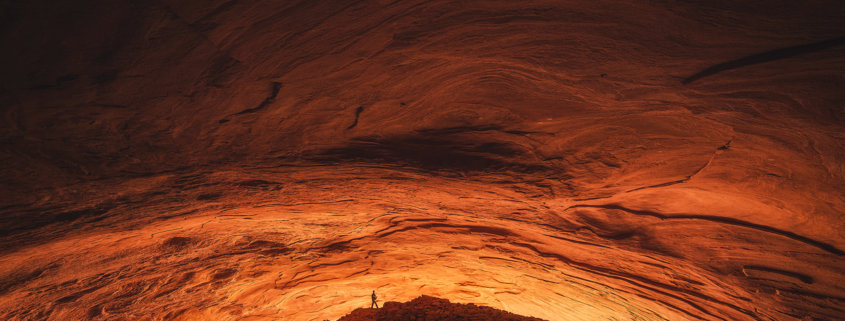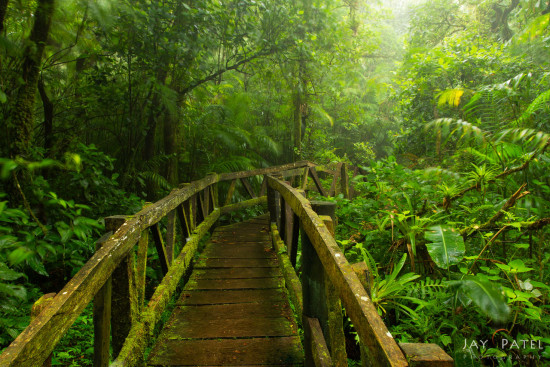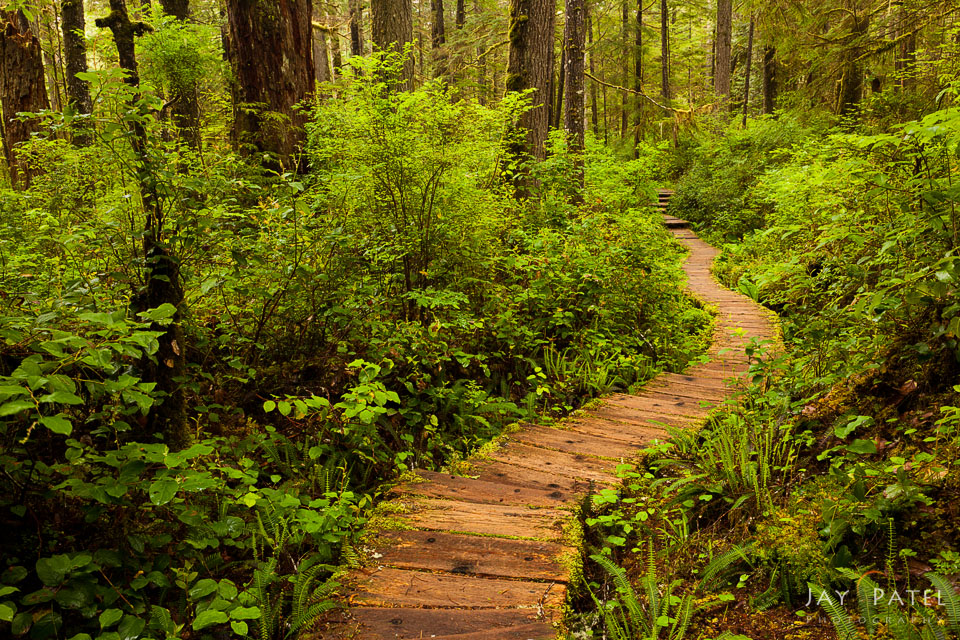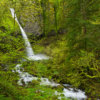Nature Photography Composition Tips to include Human Elements
If you are anything like me, you may tend to avoid any human elements when out photographing nature. However, adding such subjects can truly create an incredible impact in your nature photography composition. In this article I share different ways to use human elements in your nature photos and what to look for.
#1: Including People in Nature Photos
We will begin with the inclusion of people in landscape photos. This may seem like something only those on Instagram would do. However, simply adding a person to your image can create mood and emotion. The key here is for there to be a purpose to include a person. One of the best and easiest ways to do so is when it comes to scale. Sometimes big landscapes can be overwhelming and certain aspects may not appear as big or small as we think.
The photograph below is a perfect example of how a simple image can turn into a powerful one. Without the person standing atop the dune, one would not expect this scene to be so large. The addition of the person gave a perfect sense of scale to the enormity of this sandstone alcove. Not only does this convey sense of scale, but it can also convey more emotional aspects when composed accordingly. Had this location not been as big as it was, I might have opted not to include the person.
In the landscape photo above, a lone figure stands near the top of a dune inside a large sandstone alcove. Without including the person, the viewer would have no sense of scale.
#2: Creating Leading Lines with your Nature Photography Composition
One of the more popular man-made features to incorporate in nature photographs are roads, bridges and trails. In my opinion, rural or back country dirt roads tend to work best. Oftentimes, they can create perfect leading lines throughout an image and also provide a sense of place. Dirt roads are also extremely common in really scenic areas as I am sure you are aware. After all, we are likely taking many of them to get to our intended location.
Long straight roads can provide vastness to a scene, particularly excluding vehicles on the road. Winding roads can often lead the viewer through the scene. Mountain passes with switchbacks and old narrow forest roads provide beautiful S curves to perfectly lead the eyes. The photo below features a narrow forest road with a perfect S curve weaving through fiery aspen leaves. When it comes to autumn imagery, autumn-lined forest roads are one of the most iconic and popular scenes to photograph.
I used a forest road along Highway 67 in Arizona showcases the vibrant orange aspens as the regrowth from past wildfires takes on an incredible autumn display.
Another way to utilize roadways in your nature photography composition is through long exposures. Highlighting the headlights and taillights of moving vehicles can create beautiful leading lines particularly through winding roads. A great way to tie in this aspect is by showing the light trails leading into a city from the mountains or other landscape. This allows you to tell the story through the image between man and nature. Although it may be difficult to find the perfect setup for this type of shot, it never hurts to practice exposure settings in your own neighborhood.
In the photo above a long exposure reveals car light trails as people venture down Mount Lemmon in Tucson and return to the city. Notice how the car lights lead through the frame and pull you to the bright city lights. This is a perfect example of showing the connection between man and nature.
You can also create leading lines in your nature photography composition with fences, trails and bridges. Here are few example on Visual Wilderness that shows effective use of human elements to add impact to your nature photography composition:
#3: Rustic or Historical Structures
Rustic barns and historical structures can also create beautiful images. Locations like Grand Teton National Park and areas of Southwest Colorado offer some beautiful settings surrounding iconic structures. Something slightly different however, might be to photograph ancient cliff dwellings found in the southwest. These structures are often found in narrow canyons up along the cliffs. Many of them can be incredibly photogenic, while others may be well worn down and hardly noticeable.
Because of the age of these structures, it is important not to touch them and respect any Keep Out signs.
As they tend to blend in with their surroundings, Think of creative ways to compose these structures in your images. Look at how the rock is above or below. Are there leading lines to bring the viewer to the heart of the scene. Is the scene better suited for a wide angle lens? Or does it require one to zoom in? Some of these structures may be built in the open and are perfect to photograph under the night sky. The potential can be unlimited for these subjects.
In the photo above an ancient cliff dwelling in one of Southern Utah’s many canyons. Notice the way the sandstone striations radiate out of the structure as if they were burning clouds of a sunset.
These are just a handful of examples of what you can include in your landscape photographs. The possibilities of subject matter and style are seemingly endless if you know where to look and think outside the box.
The next time you are out in the field, try composing yourself in one of your images. See if it adds or detracts from the scene. Tell the story of your adventures. Photograph those cars rushing down that dirt road kicking up dust. Not only are these great ways to think outside the box if you solely shoot nature, but it will also help you think a bit differently and hopefully pre-visualize your next shot.















